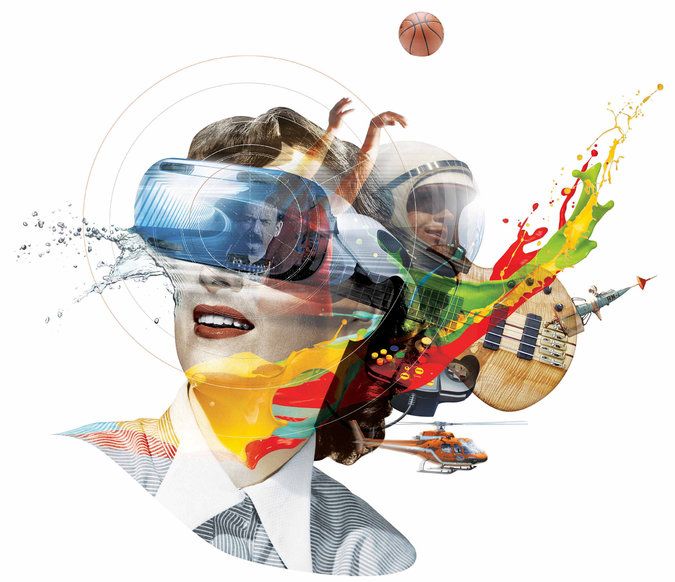
Category: virtual reality

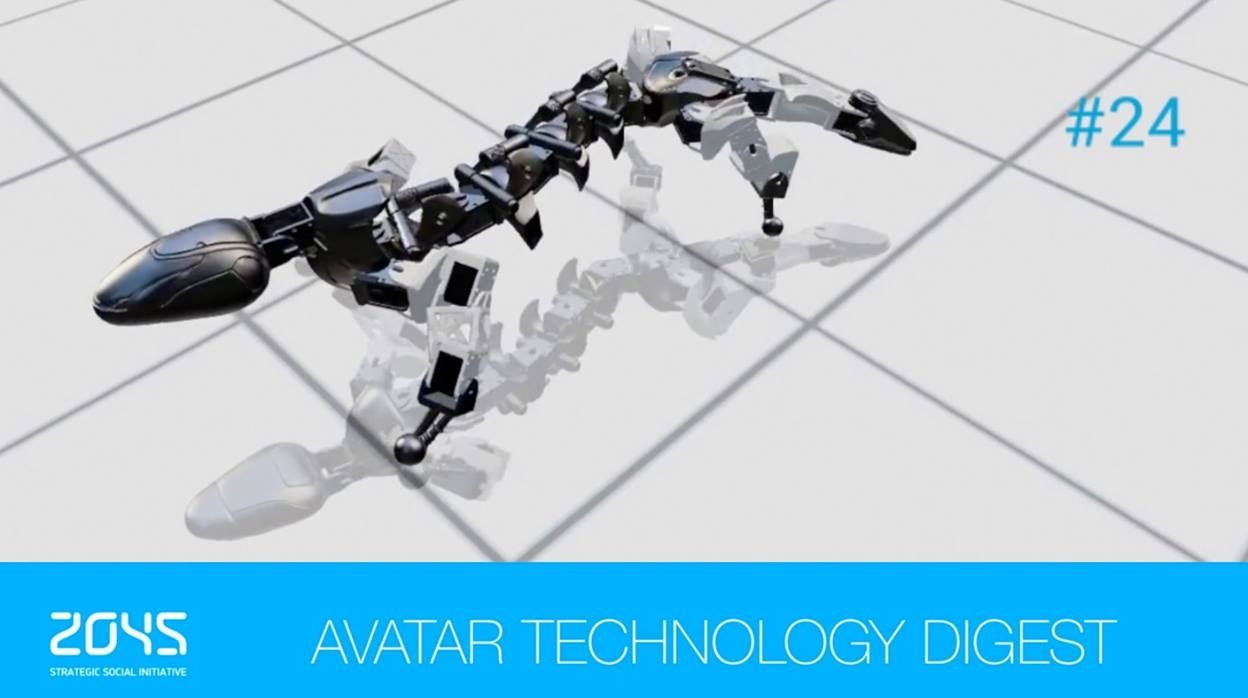
#24 AVATAR TECHNOLOGY DIGEST / Get a Virtual-Reality Punch
Welcome to #24 Avatar Technology Digest! We provide you with the latest news on Technology, Medical Cybernetics and Artificial Intelligence the best way we can. Here are the top stories of the last week!
1) Did you know that Disney does more than shoot box office hits and sell toys to your kids? They also have a very active Research Department that specializes in a variety of applications that can be used throughout the Disney empire. And now another interesting innovation has come out of the Research Department, as they have developed a method for generating those 3D printable robots without the need for time and energy-consuming work at all.
2) Being able to identify problems with a person’s body without subjecting them to invasive procedures is the fantasy of all Star Trek doctors. There’s even a prize offering a fortune to anyone who can effectively recreate the tricorder technology out in the real world. Now, Stanford scientists think that they’ve developed a system that, in time, could be used to spot cancerous tumors from a foot away.
3) Technology is all around us, but what happened to the robots we dreamed of as kids? The ones who could be our friends and members of our family. The robots who were as smart as our smart phone, but could walk and talk and learn and engage with us, in a way no smart phone ever could. We think the Human-like household robot Alpha 2 by Ubtech Robotics could finally be that robot, and with your support, we can make Alpha 2 a reality.
4) Imagine playing a virtual-reality boxing game, complete with a menacing opponent aiming a haymaker at your head. You get your gloves up in time to block the punch, but you feel no impact when it hits, breaking the otherwise immersive experience.
Researchers in Germany have developed Visual reality technology for an armband that lets you feel impact from virtual interactions.
TV Anchor: Olesya Yermakova @olesyayermakova
Video: Vladimir Shlykov www.GetYourMedia.ru
Hair&Make-up: Nataliya Starovoytova
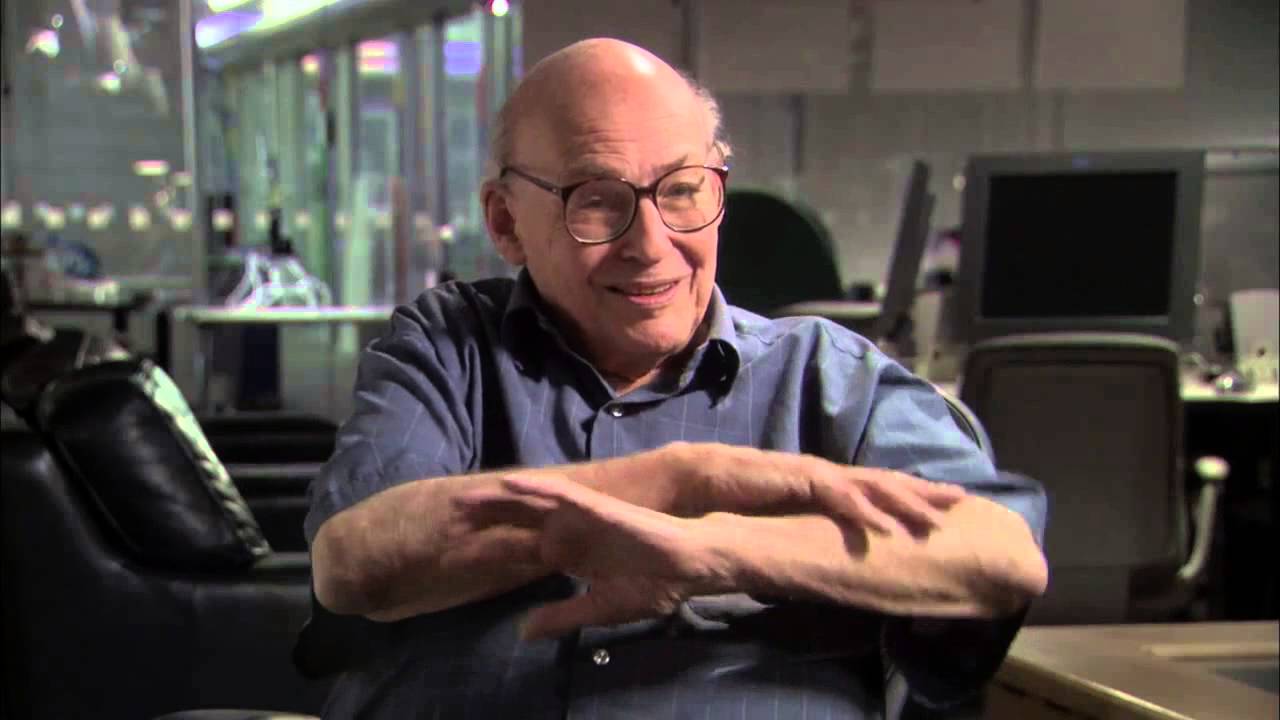
Researchers suggest that the universe could be a computer simulation: Is it possible?
It‘s older, but interesting!
The year is 2050 and super-intelligent robots have emerged as the masters of Earth. Unfortunately, you have no idea of that fact because we are immersed in a computer simulation set decades ago. Everything you see and touch has now been created and programmed by machines that use mankind for their own benefit. This radical theory, demonstrated in numerous books and science fiction films, has been, and is currently regarded by science as possible; Moreover, scientists are taking this theory to a cosmic level and even believe that if only one extraterrestrial civilization in the universe go the technological level to “emulate” an entire “multiverse,” then even our probes and space telescopes, which are out there exploring the universe, belong to that “creepy simulation.”
Robert Lawrence Kuhn, author and host of the Closer to Truth program, recently explored this theory in an episode where he interviewed several scholars, including Nick Bostrom, a philosopher at Oxford University, who argues that the scenario presented in the movie The Matrix might be true, but “instead of brains connected to a virtual simulator, own brains would also be part of the multiverse simulation.”

Simulation startup Improbable wants to make The Matrix possible
Improbable unveils Spatial OS platform that can simulate cities and could one day predict the future.

Asus says it’s building an augmented reality headset to release in 2016
Taiwanese PC manufacturer Asus says it’s building an augmented reality device and aims to release it next year. According to a report from CNET, Asus CEO Jerry Shen confirmed the plans during an earnings call on Wednesday, arguing that augmented reality or AR will be more useful than virtual reality. “You can make a real setting meld together with yourself and the AR portion,” said Shen. “Internally, we are talking about how to prepare.”
Unlike VR, augmented reality doesn’t show you a completely fabricated view, but instead overlays digital elements onto the real world. The current frontrunner in this nascent field is Microsoft’s HoloLens, which the company has shown off in a range of impressive demos. However, the HoloLens is hampered by a number of problems, including bulkiness, constrained viewing angles, and a high price tag, with Microsoft releasing a $3,000 HoloLens developer kit in the first quarter of 2016. (By comparison, Samsung’s Gear VR, a virtual reality headset powered by the company’s smartphones, became available for preorder this week for just $99.) Asus has previously hinted that it might build its own version of the HoloLens, but as a company best known for its budget laptops, tablets, and smartphones, we wouldn’t expect it to match Microsoft’s price.
Despite the lack of unknowns surrounding Asus’s announcement, it’s still interesting to see a company align itself with augmented, rather than virtual, reality. The Verge’s Adi Robertson has argued that the complete immersion of VR makes it difficult for multitasking, and that augmented reality, by comparison, is more practical. Asus apparently agrees. “We think AR will be very important for people’s lives,” said Shen according to CNET. “It should be next year when we come out with a product.”
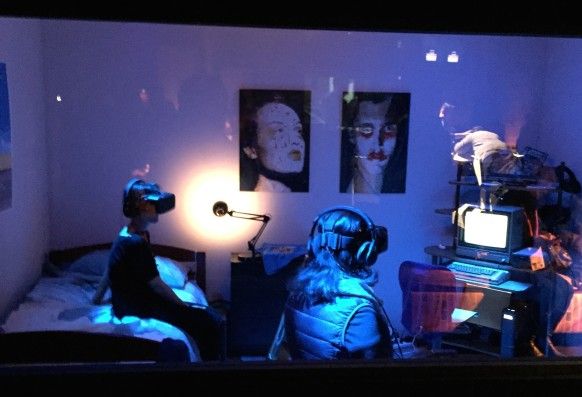
Sundance Launches a Talent Program Just for VR Filmmakers — By Angela Watercutter | Wired
“The Sundance Institute—the organization responsible for the annual film festival that has given rise to the likes of Quentin Tarantino and Ava DuVernay—is looking to nurture a whole new kind of talent: virtual reality filmmakers.”

Hackathon Hacking Health, Montreal 2015
Neurogear 1.0 — Combining VR with EEG neurosensing.
Explore Aertiron’s photos on Flickr. Aertiron has uploaded 2649 photos to Flickr.
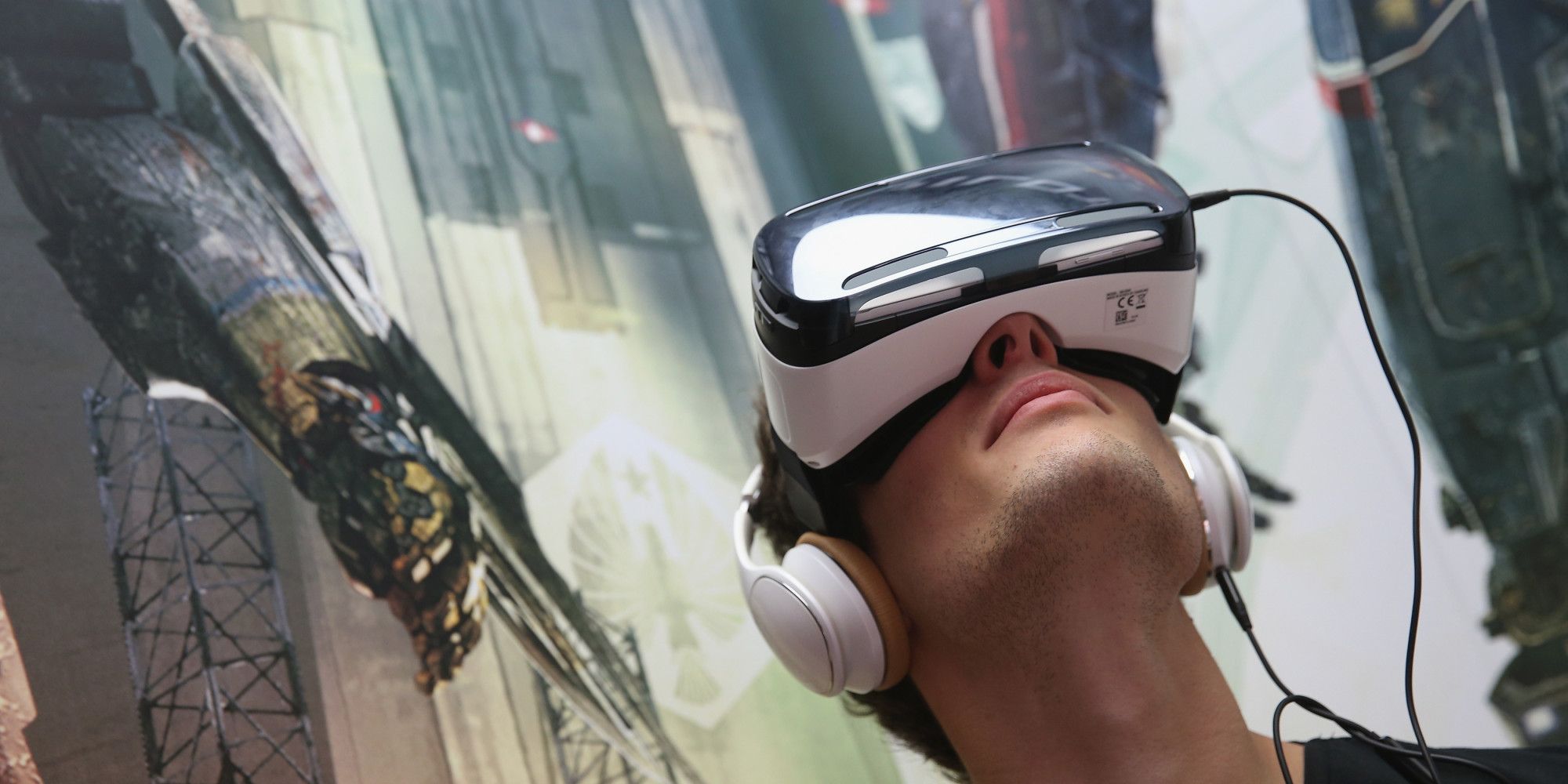
How the Cutting Edge of Virtual Reality Is Making the Real World Seem Boring
In the television series Star Trek, virtual reality-chambers called “holodecks” take humans into computer-generated worlds where they interact with avatars — and with each other. Imagine being able to visit a distant planet or Tahiti during your lunch break. In Star Trek, holodecks come into existence in the 24th century and reproduce all sensory perceptions, including touch and smell.
Chambers that replicate the touch and feel of solid materials are still a decade or two away. But virtual reality worlds that are amazingly similar to what we saw in Star Trek are already here. Hundreds of companies are working on virtual reality hardware, software, applications and content. I expect that 2016 will be the year when we start visiting exotic lands from the comfort of our offices and living rooms.
There are several technology developments which are bringing the future to us ahead of the Star Trek schedule. For starters, there is what is called “full-immersion virtual reality.” These are systems that take us out of the real world, into an entirely different digital realm. We hear stereo sounds and see panoramic displays that are so convincing that users lose track of time and space (they also, until very recently, suffered from serious nausea and motion sickness). Facebook’s Oculus Rift is the leading immersive virtual reality (VR) system but numerous others are either on the market or in the works.
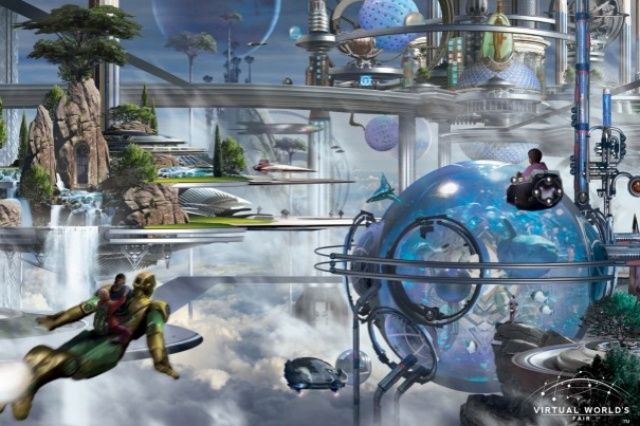
Landmark Is Working On A Virtual Reality World’s Fair — By Stephanie Topacio Long | Digital Trends
“Technology is finally catching up with Landmark Entertainment Group’s big ideas. The global entertainment design firm announced Thursday that it is collaborating with Pavilion of Me to create a virtual reality experience called the Virtual World’s Fair that will launch in 2017.”
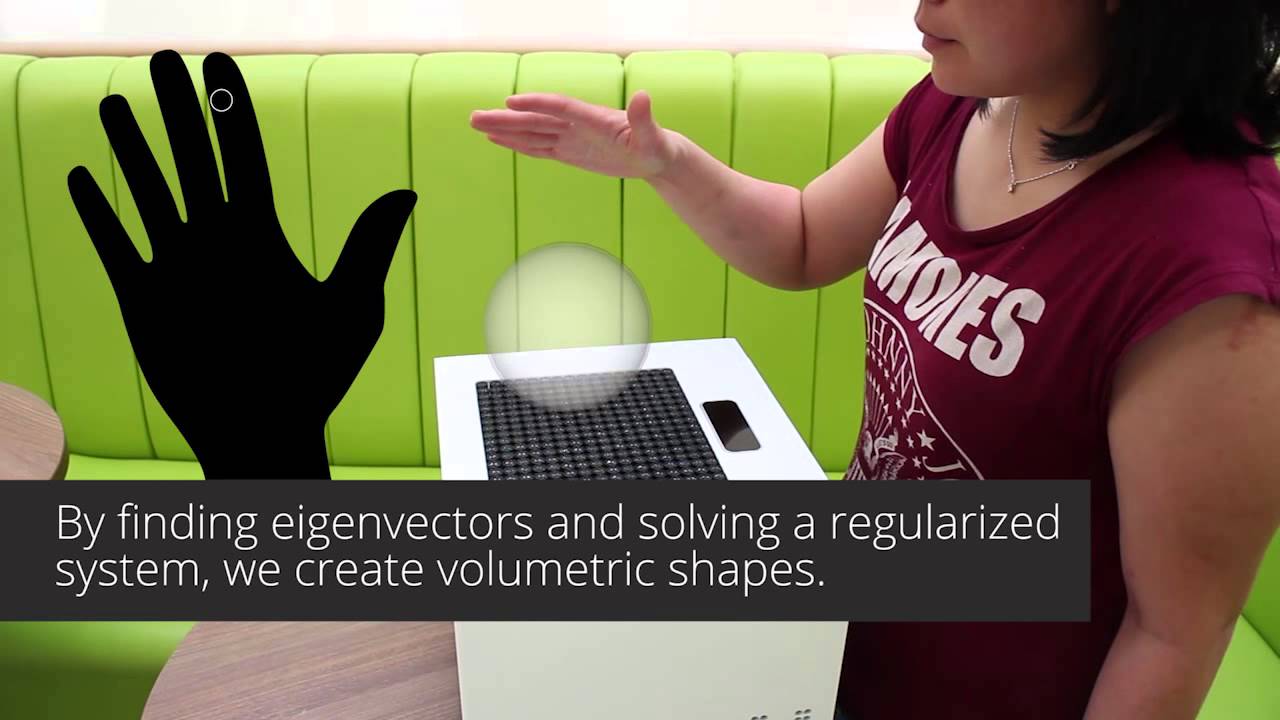
Haptics Technology: Soon, We Might Be Able To ‘Feel’ Cyberspace
Haptics is a growing field that aims to allow our bodies to control and ultimately ‘feel’ our virtual identity. Instead of using the theorized mechanism of a neural computer link, haptic tech attaches sensors and stimuli to our body. A report by research firm Markets and Markets thinks haptic technology, which could soon include something like a glove that let’s you move a hand in cyberspace, will be worth 30 billion by 2020.
Haptic technology, also known as kinesthetic communication, sounds like something out of science fiction. But products, like the vibrating cell phone, have been out for decades. And there’s more advanced systems on the way. That’s partly because of another hyped field: virtual reality. With pioneering virtual reality headsets like the Oculus Rift poised for release next year, the question becomes: How to make this experience even more immersive.
The tech is based on our sense of touch, a sensation that philosopher John Locke believed to be the most undeniable of all human senses. We believe something is real by touching it, a philosophy that haptic technology follows.